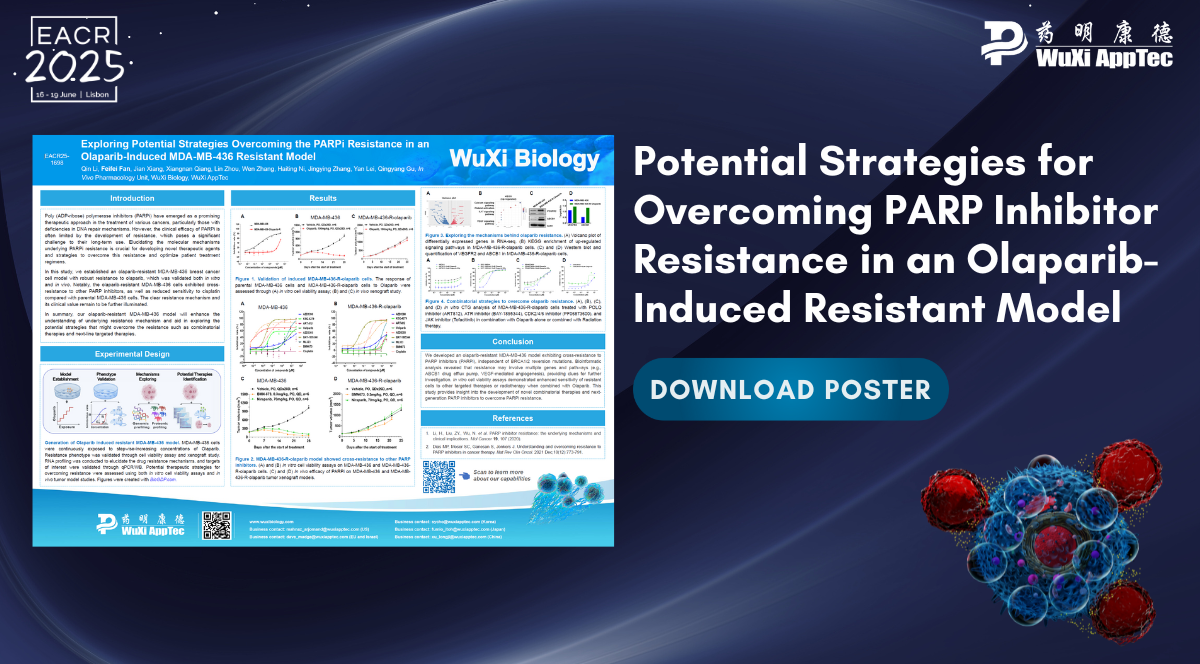
Overcoming PARP Inhibitor Resistance in an Olaparib-Induced Model
Poly (ADP-ribose) polymerase inhibitors (PARPi) have emerged as a promising therapeutic approach in the treatment of various cancers, particularly those...
Continue Reading
Poly (ADP-ribose) polymerase inhibitors (PARPi) have emerged as a promising therapeutic approach in the treatment of various cancers, particularly those...
Continue Reading
Advances in understanding how the body regulates metabolism, particularly the role of incretin hormones, have directly led to the development...
Continue Reading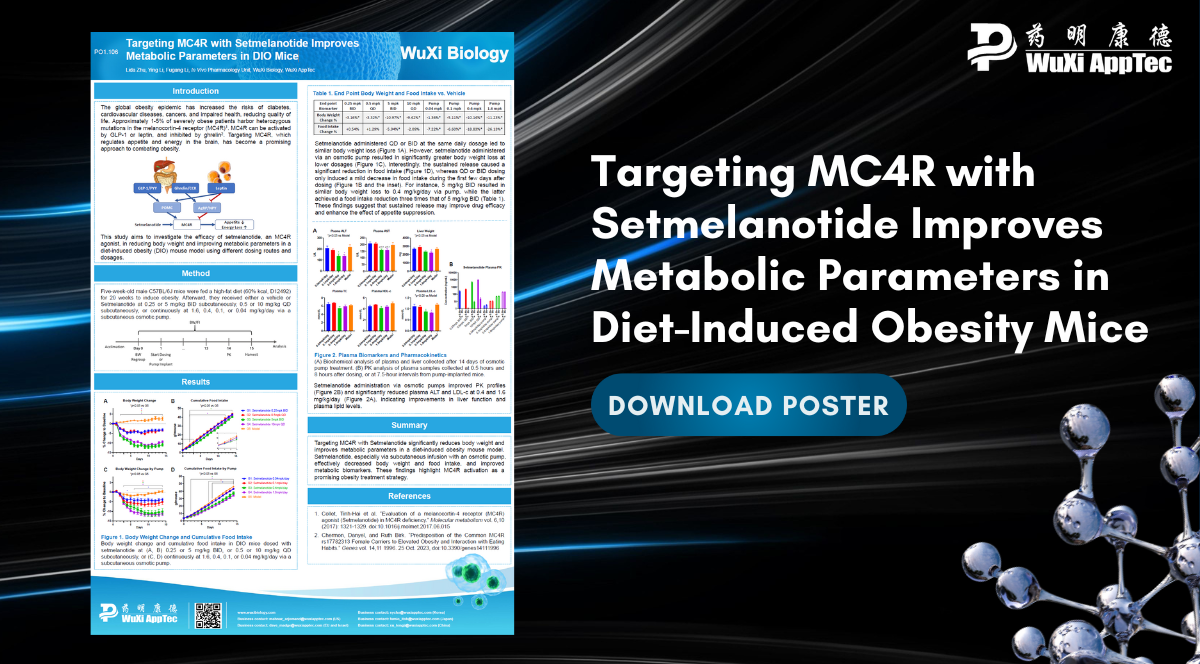
The global obesity epidemic is a significant public health concern, increasing the risk of various chronic diseases, including diabetes, cardiovascular...
Continue Reading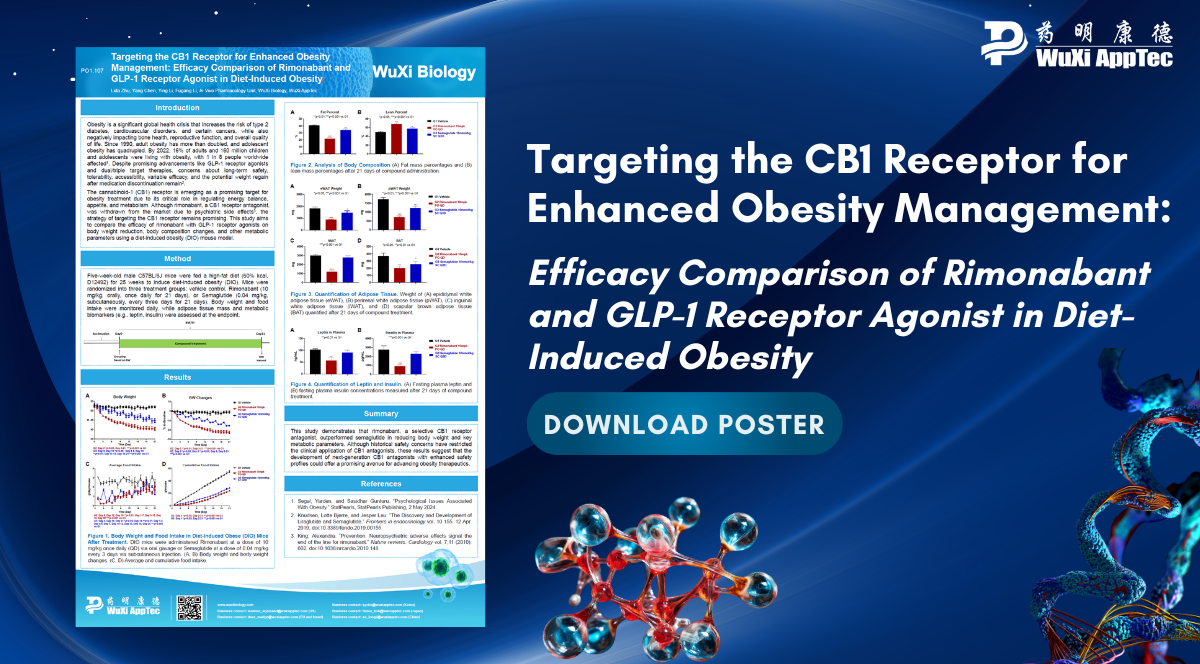
Obesity is a significant risk factor for developing conditions like type 2 diabetes, heart disease, stroke, and several types of...
Continue Reading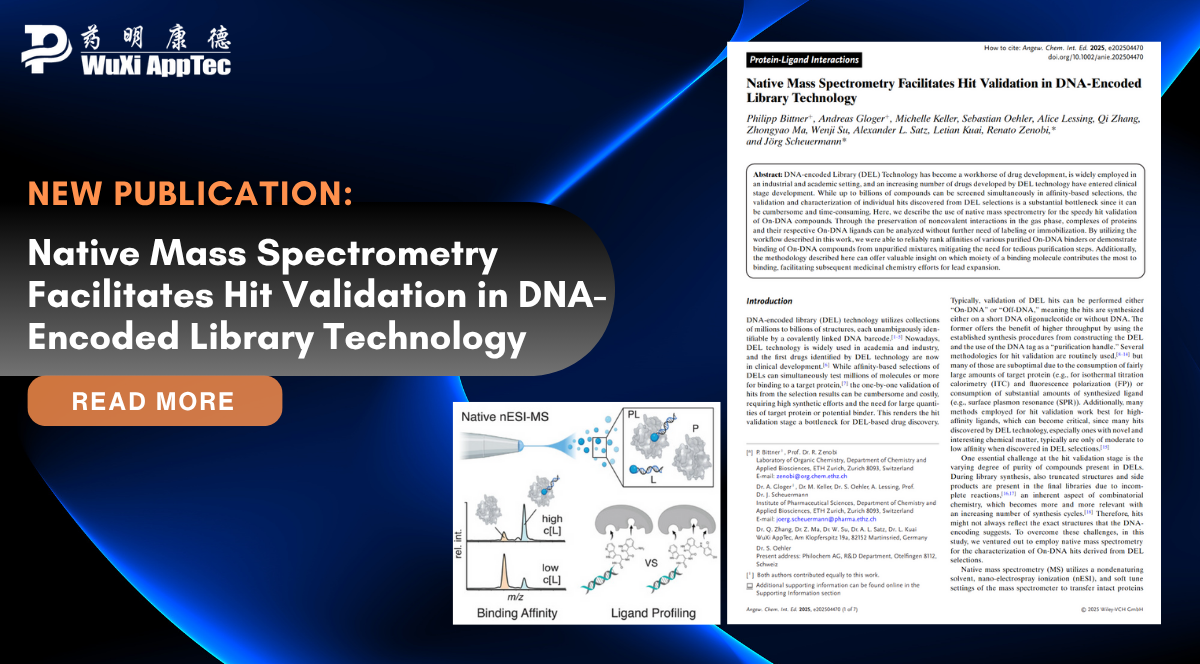
Hit validation is a crucial step in drug discovery based on DNA-encoded libraries (DEL). Rapid and accurate resynthesis of compounds,...
Continue Reading
The ATP-adenosine pathway plays a crucial role in regulating immune responses, including those involved in combating tumors. CD39 is an...
Continue Reading
Choose excellence, choose WuXi Biology – your reliable partner in Targeted Protein Degradation (TPD) drug discovery. Since 2016, we have...
Continue Reading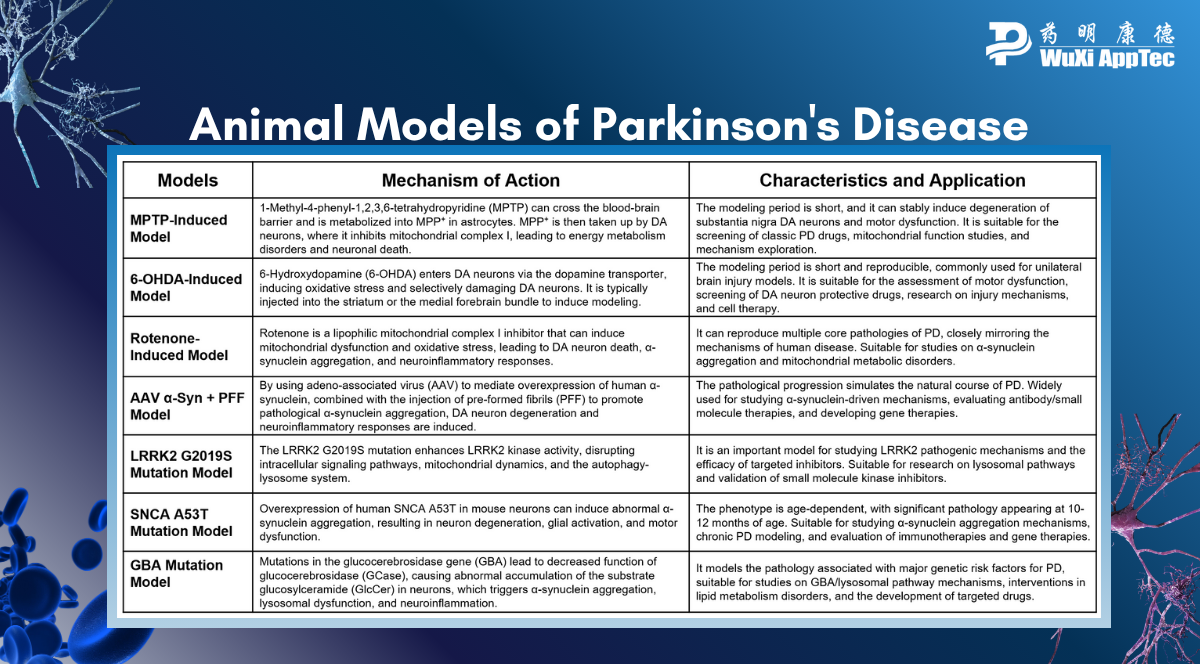
Introduction: OncoWuXi Express will continue to keep you informed about updates to our online pharmacology model database (OncoWuXi Database), as...
Continue Reading
Antibody-drug conjugates (ADCs) are increasingly demonstrating their value in cancer treatment, especially in combination therapies and for targeting resistant cancer...
Continue Reading